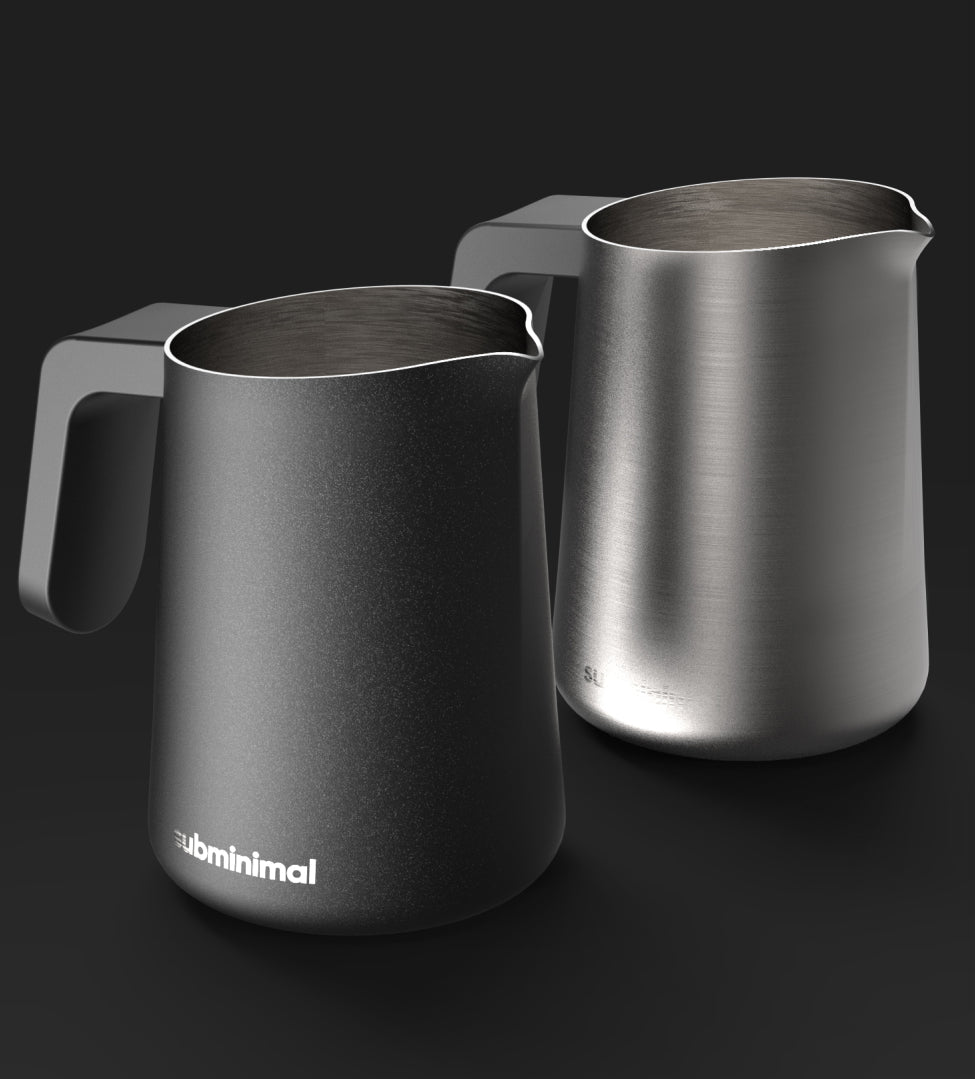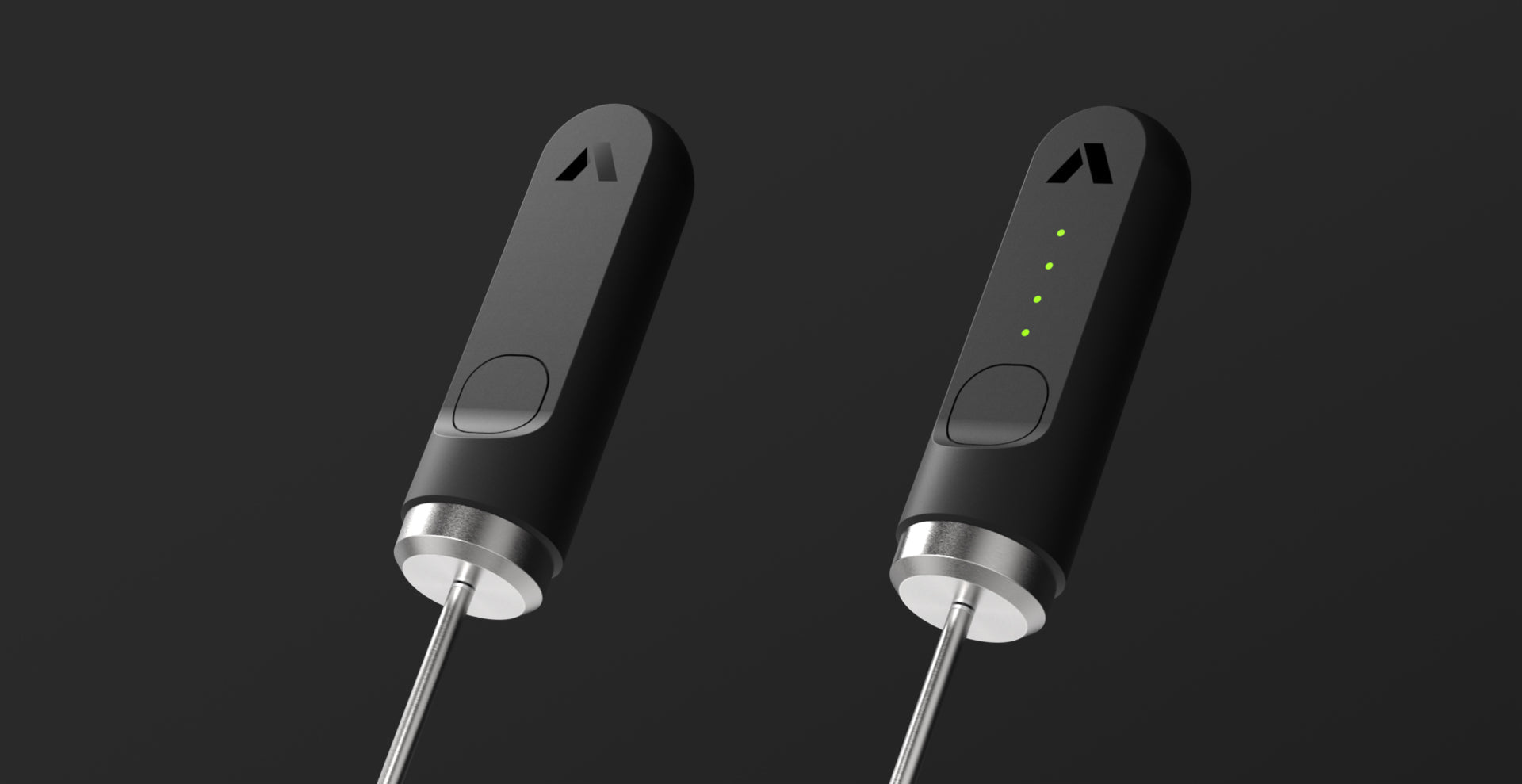
GETTING STARTED
with the NanoFoamer by Subminimal
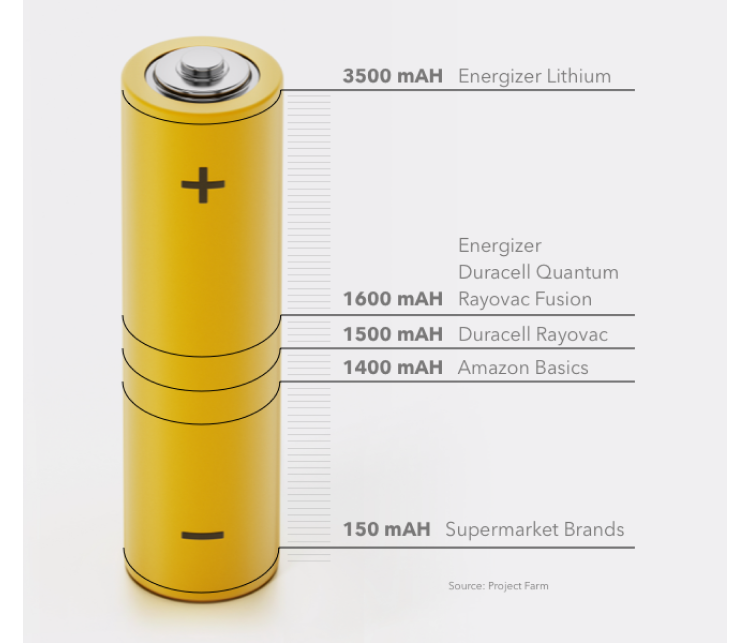
START FULLY CHARGED
NanoFoamer Lithium
Recharge the NanoFoamer fully before first use for the best possible experience.
NanoFoamer V2 and Original
Start with good batteries. Keep in mind that not all batteries are built alike. Use good branded batteries and avoid the supermarket kind.
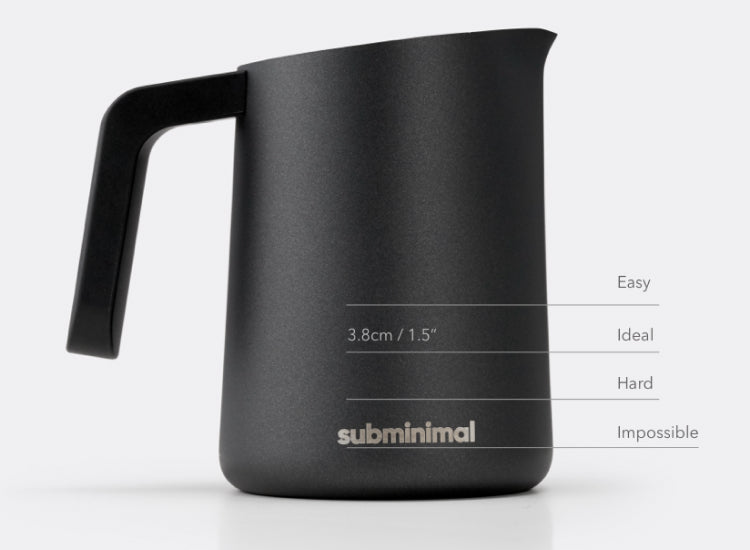
PREPARE ENOUGH MILK
It's easier to get good results when you have enough milk in the jug as you need some depth to fully submerge the impeller and create a good vortex. Insufficient milk will result in big bubbles. Make sure you have at least 3.8cm depth (1.5") when starting out. You can then reduce this later as understand the technique.
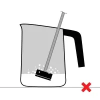
Note: 3.8cm in the FlowTip jug is about 180ml but would be more in a wider body jug. A narrow jug is preferrable when using smaller amounts of milk.
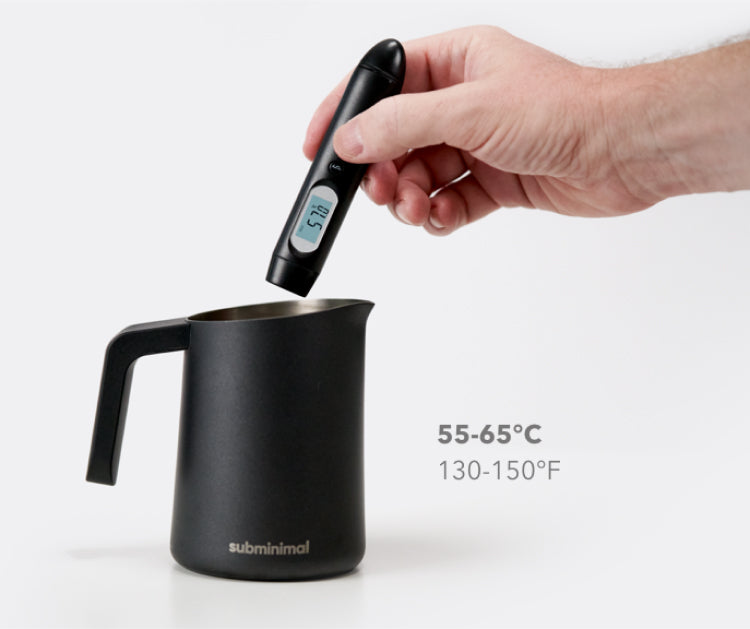
HEAT UP SOME MILK
You can warm your milk up on a stove to 55-65°C (130-160°F) with the FlowTip jug. Use the lowest setting to prevent browning on the bottom. Do not overheat your milk as the proteins in milk start to break down at 70°C and it will loose it's sweetness.
Good to know: The FlowTip jug works on electric and gas stovetops. Note that direct contact with the gas flame may slightly discolor the black teflon coating. An induction diffuser is needed for use on induction stoves.
Can I use milk alternatives?
Yes, the NanoFoamer works really well with milk alternatives. Simply adjust the aeration time to achieve the desired results.
Can I use cold milk?
Yes, the NanoFoamer works with cold milk but the foam will end up being a lot more dense and not suitable for latte art.
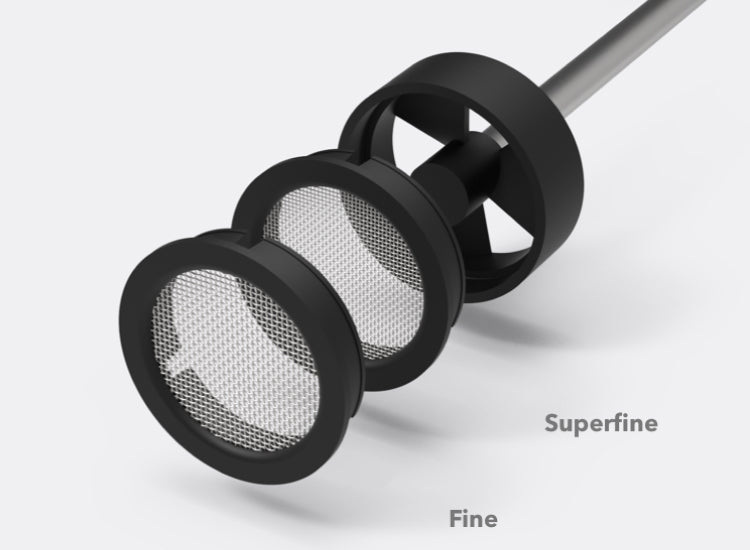
CHOOSE YOUR NanoScreen
We recommend using the fine NanoScreen first, it's a little bit easier to achieve good results than the superfine.
PRACTICE WITHOUT WASTING MILK
You can learn the technique to use the NanoFoamer without wasting milk by using cold water with a tiny drop of dish soap. The results look just like microfoamed milk. Once you have perfected the technique, switch over to milk.
Remember to check out the Master Class where we go over the soap, water and chocolate powder practice techniques.
AERATION
The first phase is the aeration phase, this is when you get to choose how much foam you want in your final result.
You can aerate for as short as 3 seconds for a flat white or as long as 15-20 seconds for a nice foamy cappuccino.
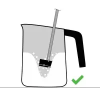
Technique: Place the impeller just below the surface in the middle of the jug and start. You will hear a loud gushing sound as the milk is being agitated and bubbles are being created. You can freely move up and down in the middle to help generate as much foam as you wish.
TRANSITIONING
The second phase is the most important and also the one that requires a little skill.
Very slowly move the impeller off-center (towards the left so as to stay in the flow with the milk).


Technique: Find the perfect spot where the impeller is just hidden inside the milk but maintaining a strong vortex.
CHURNING
This phase is about keeping a steady hand and managing tiny movements as you maintain a good vortex.
The purpose of the vortex it to fully churn the milk so you want to keep the impeller as low as possible in the milk without touching the bottom of the pitcher.

Technique: Keep the impeller low, fully submerged but right on the edge of the vortex.
ONE MINUTE LATTE ART
TIPS & TRICKS
Chapters: The video below has chapters you can skip to by clicking on the bottom right.
MILK ALTERNATIVES
TYPES
Not all milk alternatives are made alike. If you're looking for great stable microfoam, then choose a "Barista" style as they are engineered to create more stable foams. Some milk alternatives simply won't work well at all.
TECHNIQUES
The technique with milk alternatives is the same as regular milk, but may require longer aeration time at the beginning to generate more foam. It may also be best to try the fine vs superfine screen first.
TESTING THREE MILK ALTERNATIVES
LET'S RECAP
Do
- Make sure you have well charged batteries for best resuts
- Slowly warm your milk to 55-65°C (130°F- 150°F) for optimum sweetness and the best texture.
- Use a narrow jug and ensure you have at least 40mm (1.5”) depth in the milk.
- Start with the fine NanoScreen if it’s your first time, it’s a little bit easier.
- Keep a steady hand and make very tiny movements and observe the reaction of the milk.
- Start in the middle to aerate the milk in just 3-10 seconds. Listen to the gushing sound which means big bubbles are created.
- Very slowly move towards the edge of the jug, make sure the NanoScreen is deep inside the milk and not near the surface. Now you no longer hear the gushing sound. Over time, the milk gets quieter and quieter as it is all turned into microfoam. Hold this position for 15 or until you feel the microfoam is homogenous.
- Find the perfect position to keep a silent vortex in the milk. This pulls all the surface bubbles down.
- A couple of practice attempts and a steady hand is all it takes.
Don’t
- Don’t use cold milk if trying to create microfoam for latte art, it will end up too thick.
- Don’t overheat the milk, it will taste burned and can leave marks in your jug.
- Don’t start with too little milk, it is more challenging as big bubbles can easily form.
- Don’t raise the impeller too high inside the milk.
- Don’t move the NanoFoamer aggressively around inside the milk as you risk creating big bubbles.
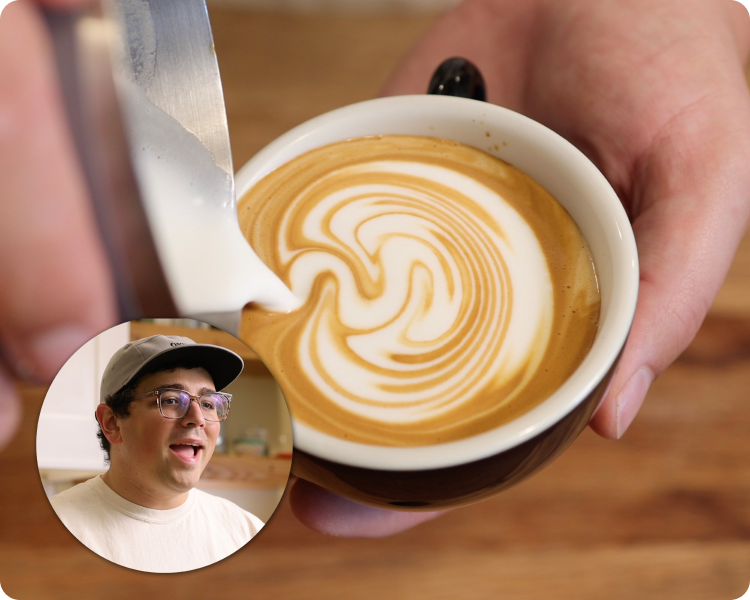
JOIN THE MASTERCLASS
A 23 minute in-depth video tutorial for beginners to intermediate covering all aspects of learning to pour amazing drinks. The class is divided in chapters for easy navigation. Starting with practice techniques, learning the basics, creating simple hearts, rosettas all the way to winged tulips. The entire class is taught using the NanoFoamer.
Register here using the code on your retail box, or just by setting your email if you bought the product on subminimal.com.
